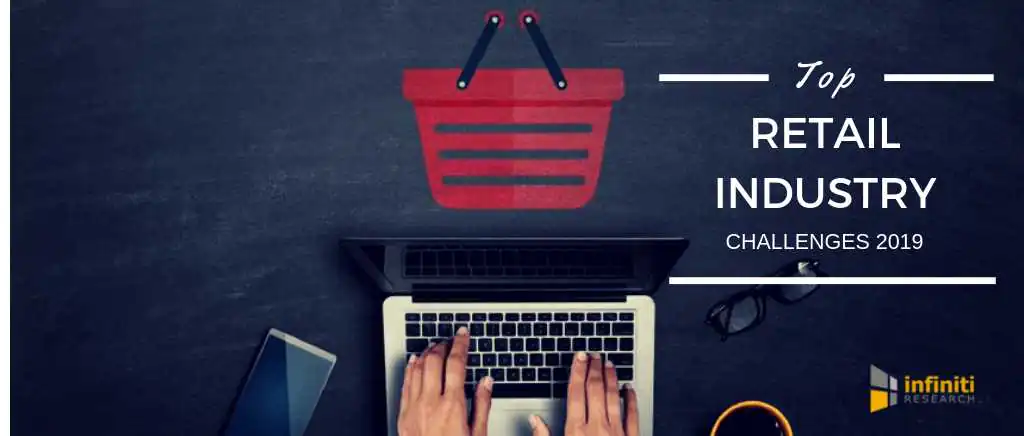Current State of the Retail Industry
The retail industry is undergoing significant transformations driven by technological advancements and evolving consumer behaviors. One of the key trends shaping the sector is the integration of AI and personalization. Retailers are leveraging AI to offer hyper-personalized shopping experiences, tailoring recommendations and promotions to individual customers. AI also enhances customer service through chatbots and dynamic pricing strategies, ensuring that customers receive relevant offers and support throughout their shopping journey.
Another critical trend is omnichannel retailing. Consumers demand seamless experiences across online and offline channels. Retailers are focusing on creating a unified customer journey, with many investing in in-house delivery services and automated micro-fulfillment centers. This approach ensures that customers can shop anywhere, anytime, and receive consistent service regardless of the channel they choose.
Sustainability and experiential commerce are also gaining traction. Sustainable shopping practices are becoming increasingly important to consumers, who are seeking environmentally friendly products and practices. Meanwhile, experiential commerce emphasizes creating memorable experiences before, during, and after store visits. This includes using technologies like AR to enhance engagement and make shopping more interactive and enjoyable.
Technological innovations continue to reshape the retail landscape. Technologies such as cashierless stores, autonomous retail operations, and self-driving delivery vehicles are becoming more prevalent, driven by consumer demand for expedited experiences and labor challenges. Additionally, retailers are modernizing their supply chains for resilience, utilizing technologies like blockchain to enhance transparency and efficiency. These advancements help retailers adapt to changing market conditions and consumer expectations, ensuring they remain competitive in a rapidly evolving industry.
Top 5 Challenges in the Retail Industry
- Inflation and Rising Costs
- Supply Chain Disruptions
- Labor Shortages
- E-commerce Competition
- Technological Threats
Inflation and Rising Costs
Inflation poses a significant challenge for retailers in 2025, as it drives up the cost of goods and services while reducing consumers’ purchasing power. The increased cost of raw materials and supply chain expenses forces retailers to either absorb these costs or pass them on to consumers, which can lead to reduced sales volume. Balancing pricing strategies is crucial; retailers must navigate the delicate task of maintaining competitive prices while ensuring profitability. This often involves implementing targeted promotions and loyalty programs to retain customers and maintain market share. As consumers become more cautious about discretionary spending, retailers must be strategic in their pricing decisions to avoid alienating budget-conscious customers.
Supply Chain Disruptions
Supply chain disruptions continue to plague the retail industry, affecting inventory management and customer satisfaction. Ongoing logistics issues lead to stockouts and delayed shipments, impacting retailers’ ability to meet customer demand. The increased logistics costs, driven by higher transportation costs and fuel prices, add to operational expenses, further squeezing profit margins. To mitigate these risks, retailers are exploring diversified supply chains and local sourcing strategies to ensure consistent supply. This approach helps build resilience against future disruptions and supports more agile and responsive supply chains. By diversifying their supply networks, retailers can better navigate the complexities of global trade and maintain a stable flow of goods to meet customer needs.
Labor Shortages
The retail industry faces significant challenges in hiring and retaining employees, which impacts customer service quality and operational efficiency. Labor shortages mean that understaffed stores struggle to manage peak periods effectively, leading to reduced customer satisfaction. Additionally, retailers face pressure to increase wages to attract and retain talent, adding to operational costs. To address these challenges, some retailers are investing in automation and AI technologies to reduce labor dependency and enhance customer experiences. By leveraging technology, retailers can streamline operations, improve efficiency, and provide more personalized services to customers, even with reduced staff numbers. This strategic use of technology helps mitigate the effects of labor shortages while maintaining high service standards.
E-commerce Competition
The rise of e-commerce continues to reshape the retail landscape, presenting significant competition for traditional retailers. To remain competitive, retailers must invest heavily in digital platforms to provide seamless online experiences that match those offered by pure-play e-commerce companies. Integrating physical and digital channels is crucial for delivering consistent customer experiences across all touchpoints. Meeting consumer expectations for fast and flexible delivery options also requires significant investment in logistics infrastructure. Retailers must adapt their business models to accommodate omnichannel retailing, ensuring that customers can shop anywhere, anytime, and receive consistent service regardless of the channel they choose. This transformation involves not only technological investments but also strategic rethinking of operational processes to support a unified customer journey.
Technological Threats
Technological challenges are increasingly critical for retailers, as they must protect customer data from cyber threats and maintain modern systems to enhance operational efficiency and customer experience. Cybersecurity risks are a major concern, as data breaches can lead to significant financial and reputational damage. Outdated technology can hinder operational efficiency and customer engagement, necessitating ongoing investment in modern systems. Retailers must stay ahead by adopting emerging technologies like AI, AR, and blockchain to enhance operations and customer engagement. These technologies offer opportunities to streamline processes, improve supply chain transparency, and create immersive shopping experiences. By embracing technological innovation, retailers can build resilience against cyber threats and stay competitive in a rapidly evolving market.
Conclusion
The retail industry in 2025 faces complex challenges, including inflation, supply chain disruptions, labor shortages, e-commerce competition, and technological threats. To thrive, retailers must adapt by investing in technology, diversifying supply chains, and enhancing customer experiences. Strategic planning and innovation are crucial for navigating these challenges and ensuring long-term sustainability in a rapidly evolving retail landscape.



